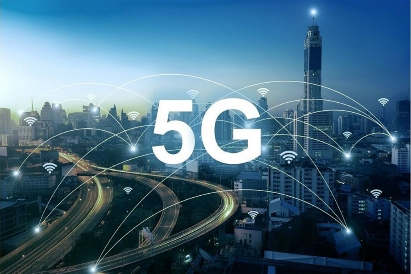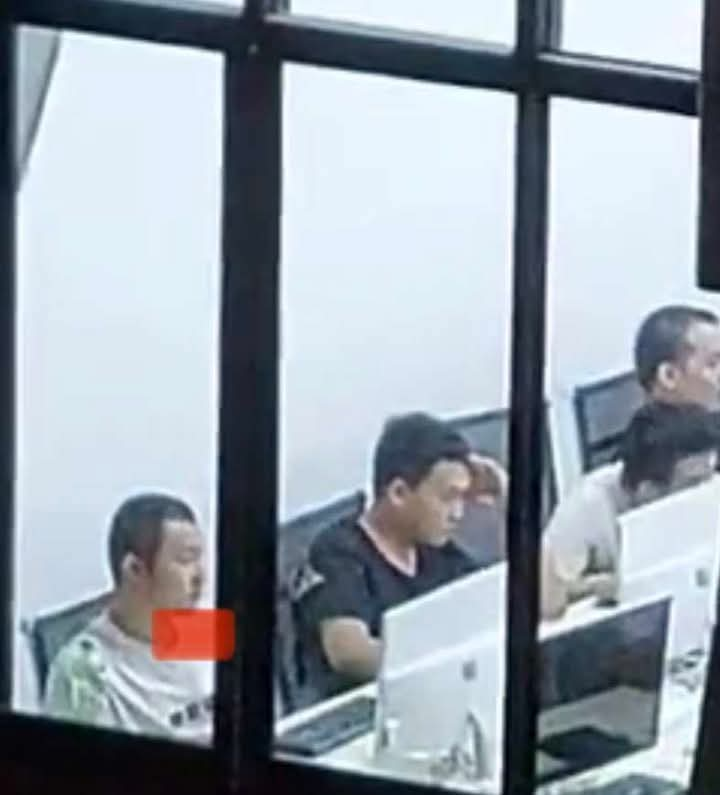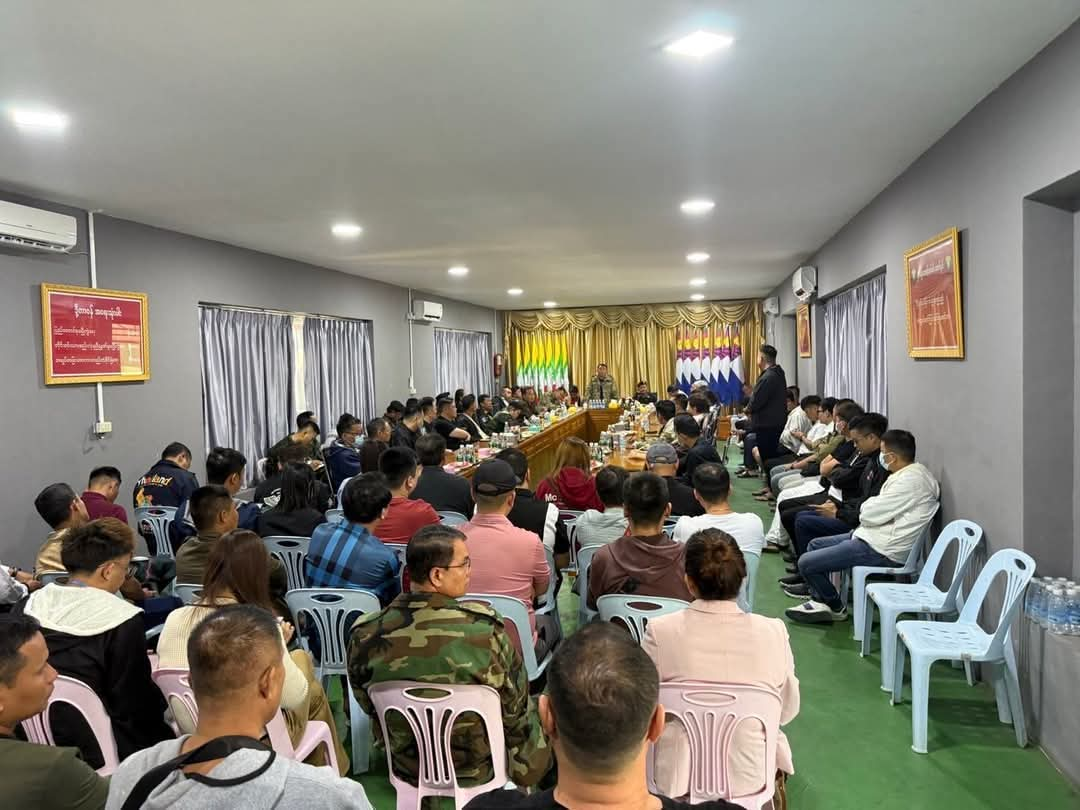
The integration of 5G technology with smart city initiatives is poised to revolutionize urban living, enhancing connectivity, efficiency, and sustainability. Smart cities leverage technology and data to improve the quality of life for residents,
optimize infrastructure, and streamline city services. Here’s an overview of how 5G technology plays a crucial role in this integration, the potential benefits, challenges, and examples of successful implementations.








#### **1. The Role of 5G Technology in Smart Cities**
5G technology provides the necessary infrastructure to enable real-time communication, data processing, and connectivity among various smart devices in urban environments. Key features of 5G that support smart city initiatives include:
– **High-Speed Connectivity**: 5G offers significantly faster data transmission speeds compared to previous networks, facilitating seamless communication among devices and services.
– **Low Latency**: The reduced lag time in data transmission is critical for applications requiring immediate responses, such as autonomous vehicles and real-time traffic management systems.
– **Massive Device Connectivity**: 5G can support a vast number of connected devices, a fundamental requirement for the Internet of Things (IoT) in smart cities, which necessitates extensive sensor and device networks.
#### **2. Key Applications of 5G in Smart Cities**
The integration of 5G in smart cities leads to numerous applications that improve urban living:
– **Intelligent Transportation Systems (ITS)**:
– Real-time traffic monitoring and management can reduce congestion and optimize public transport.
– Connected and autonomous vehicles can communicate with traffic signals, other vehicles, and the infrastructure for improved safety and efficiency.
– **Smart Infrastructure**:
– Sensors throughout the city can monitor structural integrity (like bridges and roads), environmental quality, and energy usage in real time.
– Smart grids can adjust electricity distribution based on real-time usage data and consumer demand.
– **Public Safety and Emergency Response**:
– Enhanced communication tools for first responders and public safety officials enable faster response times during emergencies.
– Surveillance systems powered by 5G can provide real-time video feeds to help prevent crime and manage public safety.
– **Waste Management**:
– Smart waste bins equipped with sensors can signal when they are full, optimizing collection routes and schedules.
– **Smart Healthcare**:
– Telemedicine services can thrive on 5G’s low latency, allowing for remote monitoring of patients and virtual consultations.
– Emergency medical services can relay critical patient data to hospitals before arrival, improving response and treatment times.
– **Enhanced Citizen Engagement**:
– Mobile applications and platforms can provide real-time updates on city services, events, and safety alerts, fostering better communication between citizens and local governments.
#### **3. Benefits of 5G Integration in Smart Cities**
– **Improved Efficiency**: Enhanced connectivity leads to optimized resource management across city services, reducing operational costs and improving service delivery.
– **Sustainability**: Efficient management systems can reduce energy consumption and waste, promoting environmental sustainability.
– **Quality of Life**: Real-time data and services enhance residents’ daily experiences and improve access to essential services.
– **Economic Growth**: Increased investment in 5G infrastructure and smart technologies can stimulate local economies and create jobs in tech and related sectors.
#### **4. Challenges of 5G Integration with Smart Cities**
– **Infrastructure Investment**: Deploying 5G infrastructure involves significant capital investment, which can be a barrier for some municipalities.
– **Data Privacy and Security**: With the proliferation of connected devices, ensuring data privacy and cybersecurity becomes critical.
– **Interoperability**: Diverse systems and devices from different manufacturers must work seamlessly together, which can be challenging.
– **Digital Divide**: Ensuring equitable access to 5G technology across different socio-economic groups is essential to avoid widening the digital divide.
#### **5. Case Studies of 5G-Enabled Smart Cities**
– **Barcelona, Spain**: The city has implemented a wide array of smart solutions, including smart lighting, parking solutions, and a centralized platform to monitor those systems. The integration of 5G is expected to further enhance its numerous smart city ventures.
– **Santander, Spain**: Known for its pioneering smart city initiatives, Santander uses several IoT devices to manage urban services effectively. The deployment of 5G aims to expand its capabilities, including real-time data collection for traffic and environmental monitoring.
– **Pittsburgh, USA**: The city is integrating 5G technology with smart transportation applications, allowing for real-time data sharing and improving public transport systems. This integration enhances traffic flow and public safety initiatives.
– **Seoul, South Korea**: With a comprehensive smart city plan, Seoul has integrated 5G to enhance mobile connectivity across public transport, public services, and infrastructure monitoring.
#### **6. Future Outlook**
As cities continue to evolve into smarter environments, the integration of 5G technology is expected to expand. Future developments may include:
– **Expansion of IoT Applications**: More cities may embrace IoT devices across a broader range of services.
– **Global Collaboration**: Partnerships between governments, companies, and academic institutions will lead to knowledge sharing and innovation in smart city technologies.
– **Greater Focus on Sustainability**: There will likely be an increased emphasis on using 5G technology to support green initiatives and reduce carbon footprints in urban environments.
### **Conclusion**
The integration of 5G technology in smart cities has the potential to transform urban landscapes by enhancing connectivity and efficiency, improving quality of life, and fostering sustainable development. While challenges exist, strategic planning, investment, and collaboration among stakeholders can pave the way for successful adoption. As cities increasingly turn to technology to address urban challenges, the synergy between 5G and smart city initiatives will be essential in building the cities of the future.


Leave a Reply